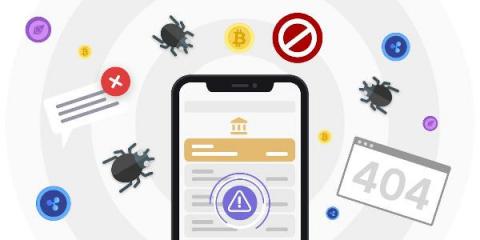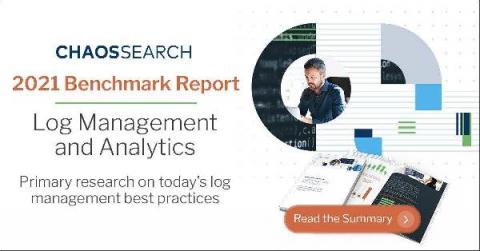Systems | Development | Analytics | API | Testing
Monitoring
How Influencing Events Impact the Accuracy of Business Monitoring
Businesses are flooded with constantly changing thresholds brought on by seasonality, special promotions and changes in consumer habits. Manual monitoring with static thresholds can’t account for events that do not occur in a regularly timed pattern. That’s why historical context of influencing events is critical in preventing false positives, wasted resources and disappointed customers.
Logit.io To Double Down On Their Commitment To Transparent Pricing, No Data Egress Fees & Zero Vendor Lock-In
Monitoring your k6 load test: how to install Grafana and Prometheus on a Kubernetes cluster
Preventing Shopping Cart Abandonment with Anomaly Detection
The global pandemic has changed B2C markets in many ways. In the U.S. market alone in 2020, consumers spent more than $860 billion with online retailers, driving up sales by 44% over the previous year.eCommerce sales are likely to remain high long after the pandemic subsides, as people have grown accustomed to the convenience of ordering online and having their goods – even groceries – delivered to their door.
Key Questions to Ask When Monitoring an API
Business Monitoring for Gaming: Catch More Profit Opportunities with AI
Anomalies don’t have to be a fear factor; they could even present an opportunity to make money. Imagine detecting positive spikes in in-app purchases, conversions, or gaming activity in real-time and then having your business monitoring system identify what caused them 10x faster than you can now – autonomously. With 95% accuracy in the root cause analysis you could replicate and capitalize on the deviation immediately.
Crashes in Neobank, eBank, and Crypto-trading Apps Are Unforgivable-Crash Analytics is the Answer
Regardless of how technically sound the engineering of an app is, bugs, errors, and crashes can happen. So when they do, you must recover from it by doing a deep analysis of the technical aspects and the impact on the overall customer experience. If your crypto-exchange or banking app is not getting the right insights you need from the crashes, your churn rate and your customers will definitely let you know sooner than you think.








